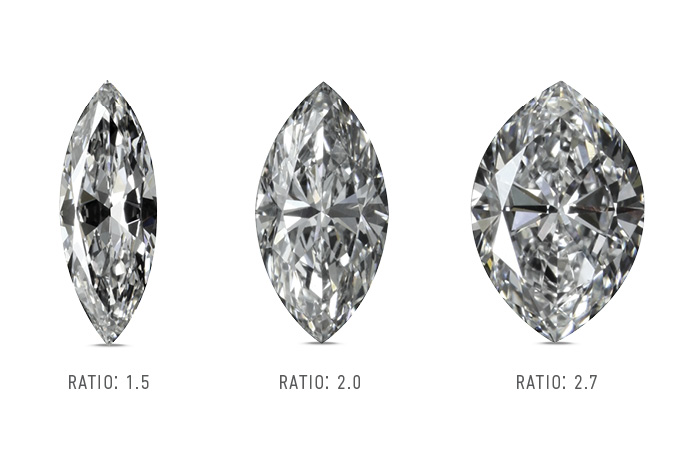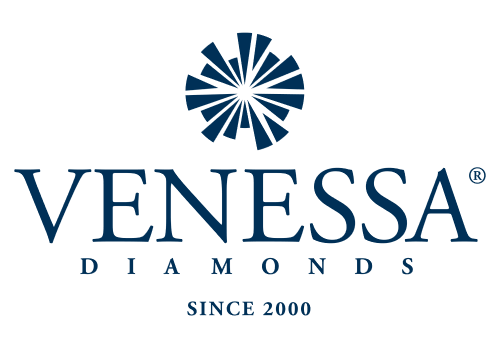+6016 605 8402 info@venessadiamonds.com
Gold Rate
| GOLD .999 | ||
| Malaysia Ringgit (RM) | WE BUY | WE SELL |
|---|---|---|
| Gold / 1000g | 30.00 | 40.00 |
| Gold / 500g | 55.00 | 60.00 |
| Gold / 100g | 88.00 | 99.00 |
| Gold / 50g (Pamp Lady Fortuner) | 22.00 | 55.00 |
| Gold / 20g (Pamp Lady Fortuner) | 33.00 | 88.00 |
| Gold / 10g (Pamp Lady Fortuner) | 77.00 | 88.00 |
Last updated on 20 September 2022 (Tue) 3:32:12 pm
What is Diamond Shape Quality?
23/02/2022

It’s easy to evaluate the shape quality of round brilliant diamonds. Round brilliant diamonds should be—well, round! Most round brilliant diamonds, especially those with Excellent or Very Good Cut grades, are very round, or at least so round that you can’t detect any variance with the unaided eye.
Fancy cut diamonds are where things get more complex. They don’t receive cut grades from GIA, because there is such a wide variety of shapes and cutting styles, each with its own length-to-width ratios and set of standards. Personal preference plays a big part, too. Here are 4 things to look out for in fancy shapes:
round brilliant diamond along with fancy shapes. Photo: GIA
- Length-to-Width Ratio: The L-to-W ratio is the relationship between the length and width of a fancy shape, with the width expressed as the number one. Most people find certain ratios more attractive than others. For example, emerald cuts, rectangular cushion cuts and pears are most popular in L-to-W ratios between 1.50:1 and 1.75:1. L-to-W ratios are also important to consider because gems that are too long and narrow are prone to breaking.
- Line Symmetry: For hearts and pears, the diamond’s outline should be the same on both sides when you draw a line down the middle. For ovals, squares, rectangular cuts and marquises, the diamond’s outline should be the same on each side vertically and horizontally. Symmetry makes a diamond look crisp and neat and contributes to maximizing a diamond’s brilliance. A fancy cut diamond’s GIA grading report does not contain a cut grade but does tell you the stone’s symmetry and polish grades.
- Smooth Curves: Curved shapes like hearts, pears and ovals should have full, rounded “lobes” or “shoulders.” Curves should flow smoothly and not have harsh-looking flat spots.
- Defined Shape: It should be obvious what shape a diamond is. A heart, for example, should have a defined cleft and crisp opposing point and not look like a flat pear. The attractiveness of a diamond’s shape can sometimes depend on ratio. An oval with too low of a length-to-width ratio might look like an uneven round.

